Effective treatment and rehabilitation means - equestrian treatment
Hippotherapy, literally interpreted in English, is “treatment with horsesâ€. From the Greek word hippos, meaning horse. The American Hippotherapy Association (AHA) defines equestrian therapy as the use of horses as a therapeutic tool, using the laws of horses under the guidance of physical, homework, and speech therapists (PT, OT, SLP). Sexual exercise model and all activities of human-horse interaction, a rehabilitation treatment for the physical, psychological, cognitive, social and behavioral disorders of patients with various dysfunctions and neuromuscular disorders, in order to achieve the final functionality An important part of a comprehensive overall rehabilitation program implemented by rehabilitation goals. In 2003, AHA's definition of equestrian treatment was simpler. It was the use of horse movement to carry out physical, surgical or speech therapy rehabilitation.
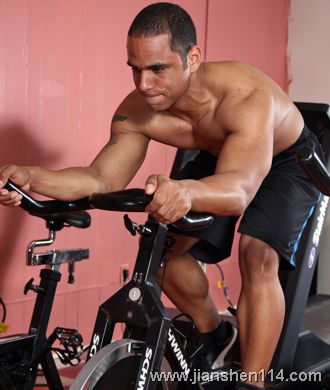
In the process of equestrian treatment, the user completes a variety of immediate actions, which are of great interest and challenge. In an environment where controlled equestrian treatment is available, the therapist adjusts the direction of the horse's movement and carefully and gradually gives the input of the sensation. The technique of riding is not taught in training (therapeutic horseback riding is like therapeutic riding), but is based on improving the function and sensory integration of the nervous system. The ultimate goal of these basic training is to improve various daily activities.
During the equestrian treatment, the rhythmic movement of the horse is a source of treatment for the stimulation of the patient sitting on the horse. It is usually the horse owner or the lead horse, rather than the patient himself. The therapist directly guides the horse. The way of moving (speed, direction), and depending on the patient's response, even adjust the corresponding treatment plan. Of course, equestrian therapy is part of comprehensive rehabilitation and holistic treatment. It is a comprehensive guide to the rehabilitation of limb rehabilitation, language training, cognitive training, psychological training, traditional medicine, stylistic training, prosthetic assembly and social vocational rehabilitation. The function is fully compensated and restored, and eventually returns to the family or society.
Other concepts:
Therapeutic riding (Therapeutic Riding)
It refers to the riding activities of people with disabilities or people with dysfunction of the body. This term is very common, but it is often abused in the medical field. Please note that when a rehabilitation therapist uses horse movement as a means of promoting functional recovery, At this time, the term "hippotherapy" should be used. Rather than therapeutic riding.
More than just a pony ride, therapeutic horse riding is a unique project that uses horses as a horse therapist. While learning the skills of riding and knights, people with mental, emotional and/or physical disabilities get a lot of benefits.
The rider is engaged in therapeutic riding for a variety of reasons: rehabilitation, equestrian enhancement, entertainment, and even all of the above reasons. In order to meet the special needs of each rider, their training program content is personalized. Physical therapists, instructors, and riders need to be involved in designing training programs. Training content includes brushing, pulling, feeding horses, etc.
Therapeutic horse riding consists of 3 parts:
Exercise - The riding instructor teaches the disabled rider how to ride the horse in the most normal way possible. The rider can improve riding skills, participate in wild riding and compete in equestrian performances. This activity also gives them the experience of entertaining and participating in society.
Education - Learning horses and riding skills can often be used as a way to learn a language, spell, read, solve problems, and extend your time of attention.
Medical -- The therapist uses horse movement as a means of relaxing tension and strengthening strength, coordination and motor skills.
Rehabilitation team members for equestrian treatment:
Prior to equestrian therapy training, members of the rehabilitation team must have a professional background and certified instructors and therapists. During the equestrian treatment process, the equestrian treatment team members often include instructors, therapists (PT, OT, SLP), the leader, and the accompanying person, who provide equestrian medical and protective services to the user. When conducting training tasks and decisions, users are often involved in decision making as a member of the equestrian treatment team.
Since rehabilitation medicine is composed of a number of professional and interdisciplinary personnel, it is often used in the form of “multi-armed joint operations†to solve the functional recovery of patients. The rehabilitation team is often composed of various professions. The leader of the group is Rehabilitation physician (physiatrist), other members consist of physical therapist (PT), occupational therapist (OT), speech therapist (ST/SLP), psychotherapist (psychologist), rehabilitation engineer (rehabilitation engineer), recreational therapist (RT), vocational counselor and social worker (SW). Obviously, the equestrian treatment team has developed along the traditional rehabilitation group. From a small perspective, because the treatment is more involved, it is a group, usually by a medical background instructor or a prothemate who is proficient in equestrian. Leadership, focusing on the interests of users and the ultimate goal, work together. From a large perspective, equestrian treatment belongs to a kind of recreational rehabilitation treatment. It is to select some recreational and sports activities that the patient can do, and to perform functional recovery training for patients, on the one hand to restore their functions, on the one hand to enable patients to enjoy entertainment and exercise. A treatment for the body, the opportunity to participate in group activities, and the development and beneficial complement of traditional rehabilitation models and treatments.
We are a reputable manufacturer creating various kinds of indoor and outdoor railings, fire pits, BBQ grills, façade elements, and floral arrangements.
pots, sculptures, and other specialized items made with CNC equipment. Corten wire is used in the welding of every junction. Remember that we offer a pre-weathering service and that we may give a bespoke service on Corten Steel; if you have a unique need, contact us here! Did you realize? Get in contact with us right now for a free price! We can make corten steel in any custom size or share you require.
-Constructed with Corten Steel
-Natural patina of rusty finish
-H 1500mm ( may be made 5ft high) ( can be made 5ft high)
- Handmade object
- Also available in an aluminum and stainless steel variant
- As the sculpture is left out in the elements, its patina will deteriorate and cure over time.
| Name | CRustic Corten Steel Sculpture |
| Material | Corten steel |
| Cooking plate Size | Diameter 1000mm |
| Size | 1500*1200mm |
| Weight | 100KG |
| Packing | Pallet/carton/wooden box packing |
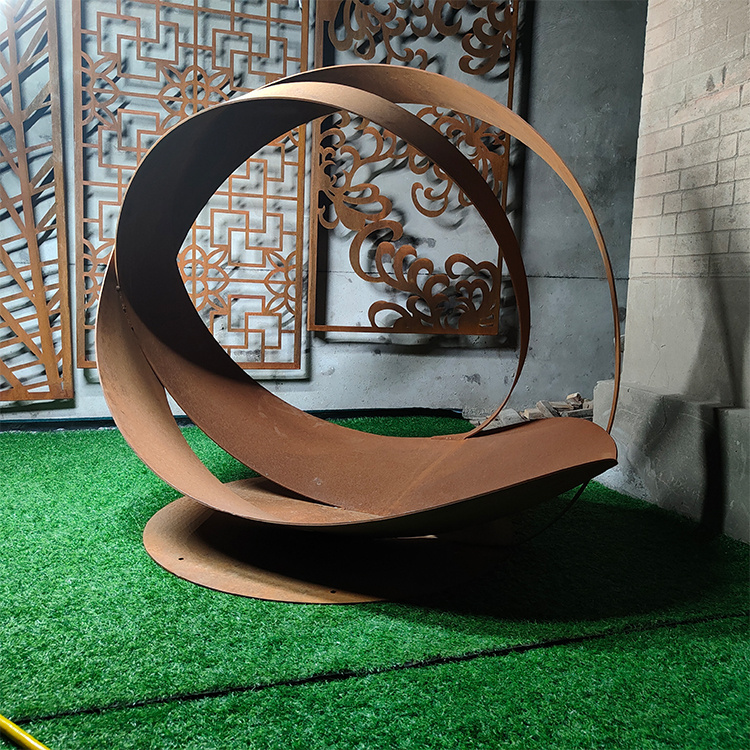
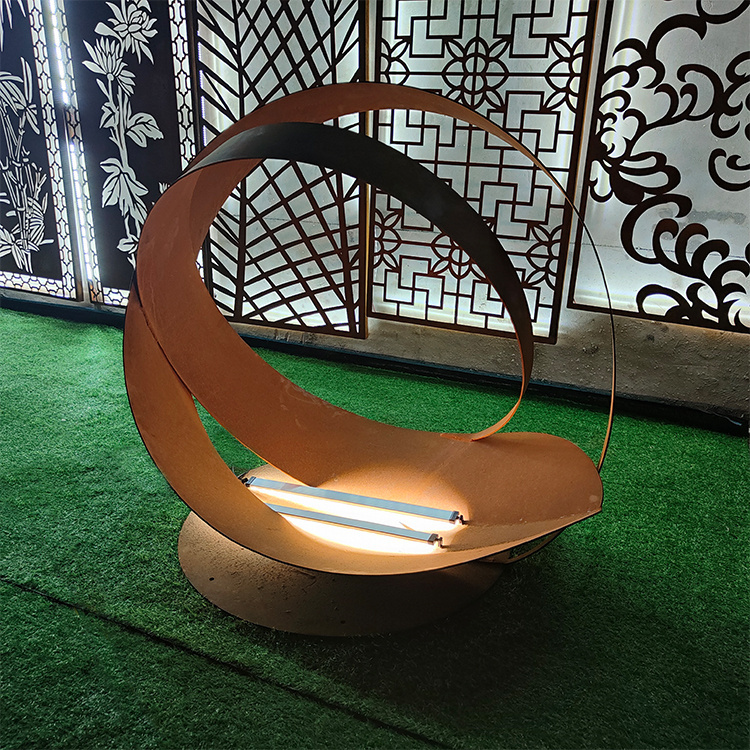
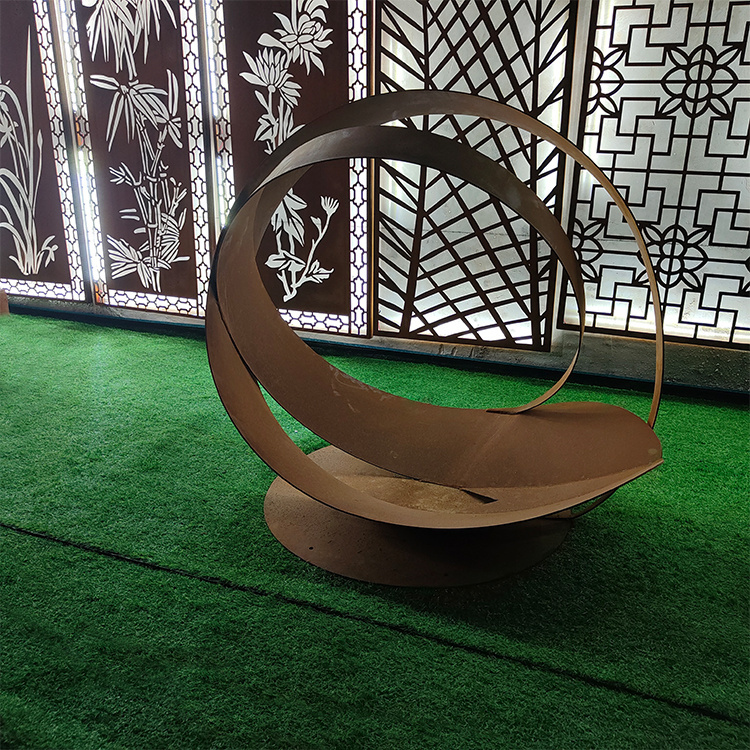
Packing
Packing will by pallet/carton/ wooden box,according to different demand.

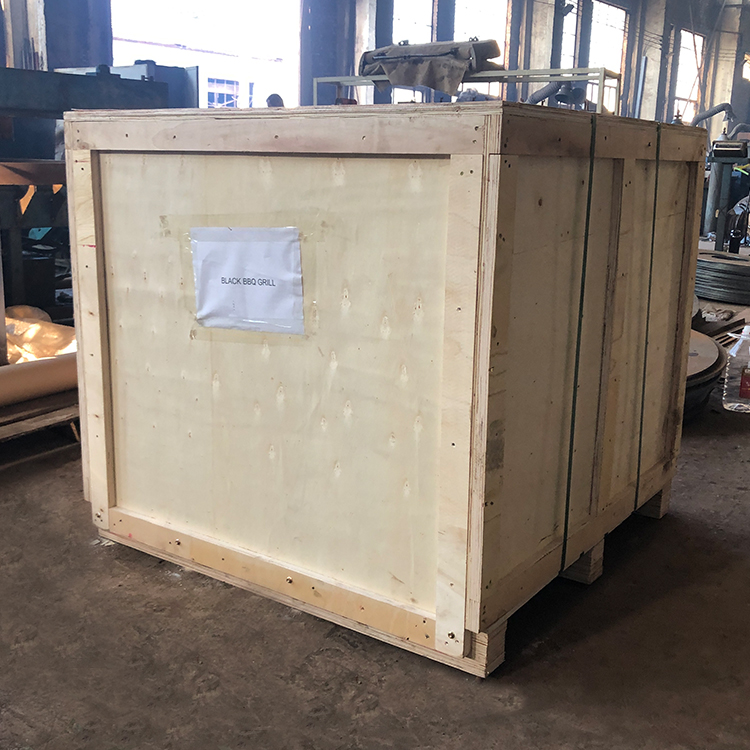
Steel Sculpture,Steel Garden Art,Metal Garden Sculptures,Metal Art Garden
Henan Jinbailai Industrial Co.,Ltd , https://www.hnjblbbq.com